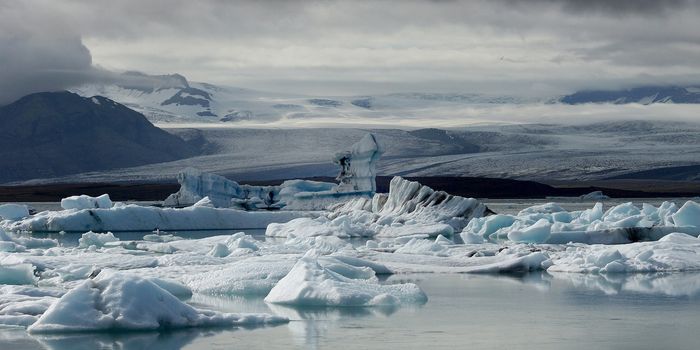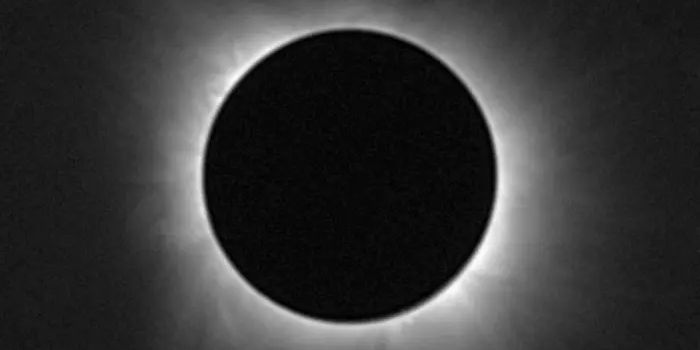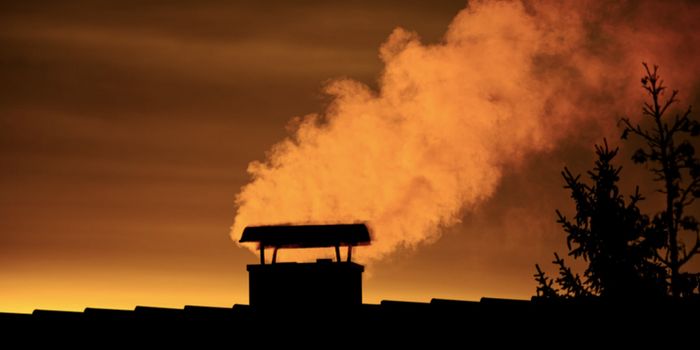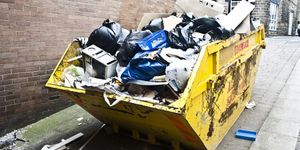The EU aims to eradicate single-use plastics by 2021
The European Parliament has finally gotten on board. In a recent decision, parliament voted with a grand majority to ban single-use plastics in the EU by 2021 in an effort to confront the global plastic crisis. According to data from the EU, 150,000 tons of plastic end up in European waters every year.
Following the European Commission, single-use plastics account for 70% of all trash that ends up in the oceans. The worst offenders are plastic bags, straws, utensils, and Q-tips. But the 2021 ban isn’t going to focus only on single-use plastics – it will attempt a wider scope. The ban states that by 2025 food packaging and other plastics that we currently use but do not yet have a widespread alternative for must be reduced by 25%; in addition, plastic bottles will be required to be collected and recycled at a rate of 90% by this year. The ban goes so far as to specifically target cigarette butts, which are the most common form of litter. By 2025 this waste will be cut by 50% and by 80% by 2030.
“We have adopted the most ambitious legislation against single-use plastics,” said Frédérique Ries, the parliament member who proposed the bill, said in a statement. “It is essential in order to protect the marine environment and reduce the costs of environmental damage attributed to plastic pollution in Europe, estimated at 22 billion euros by 2030.”
Depending on the Brexit transition, this ban will likely also be in place for the United Kingdom as well as the European Union.
The negative impacts on marine animals have already been vastly documented, even if still not yet fully understood. Tracking the path of microplastics especially has been a hot topic in recent studies within the last decades, as we are understanding more and more that microplastics are ending up within us as well.
Sources: Forbes, BBC News, European Parliament News








